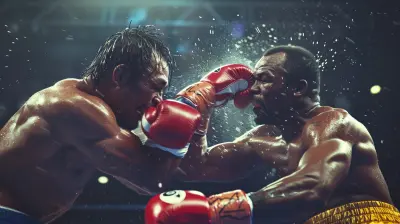Understanding Boxing Scoring: How Judges See the Fight
3 October 2025
Boxing is a sport that thrives on raw power, calculated strategy, and pure heart. But have you ever watched a close fight and thought, “Wait, how did THAT guy win?” You're not alone. For many fans, the way judges score a boxing match feels like black magic—a mix of mystery, subjectivity, and the occasional eyebrow-raising decision.
So let's pull back the curtain. This article is your ringside ticket into the world of boxing scoring. We’re going to break down how judges actually score fights, what they look for, and why two people can see the same round completely differently.
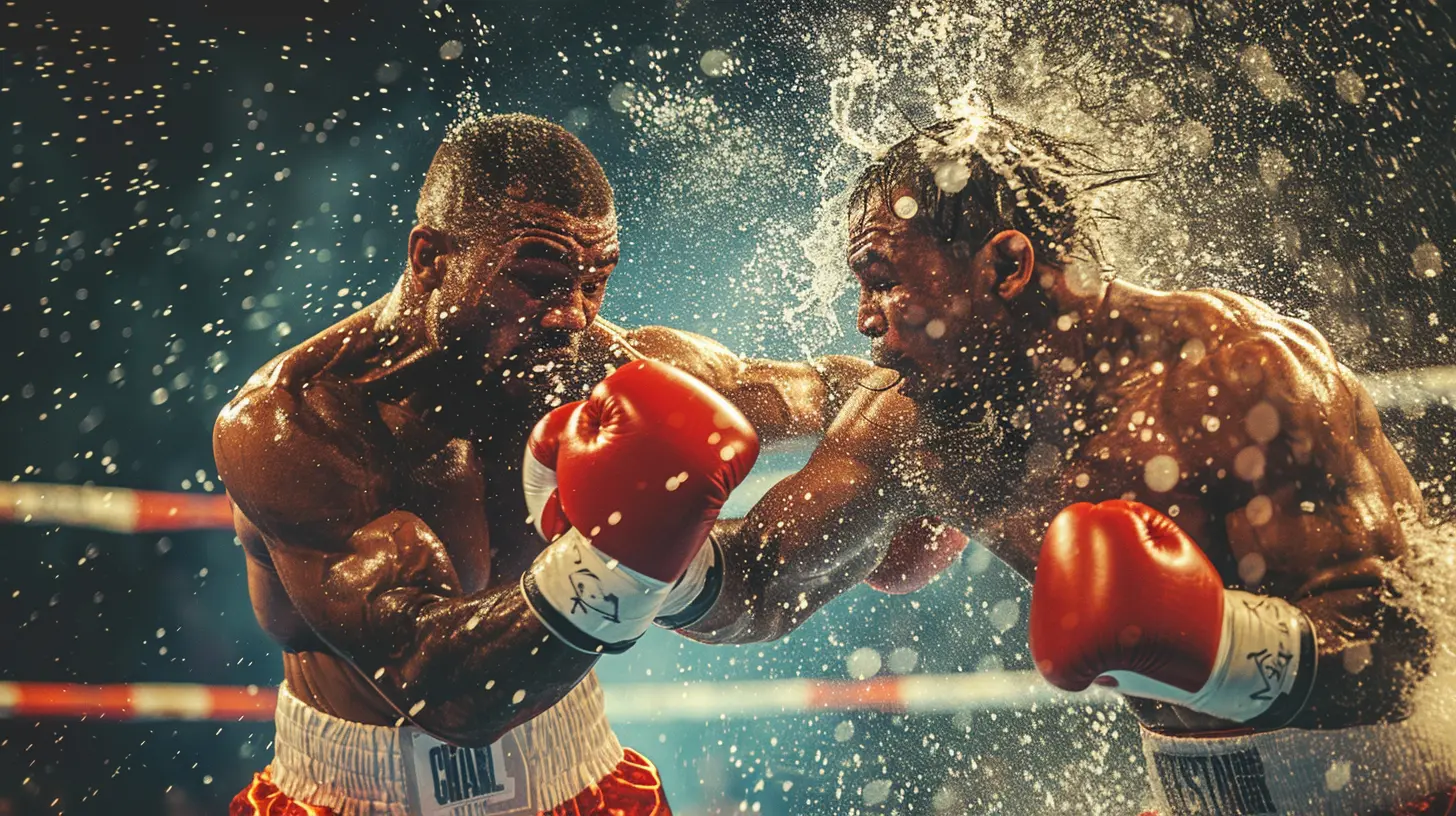
The Basics: Who Are the Judges and What Do They Do?
In professional boxing, fights are typically scored by three ringside judges. Their job? To watch each round closely and determine who they believe won that particular three-minute segment. Whoever wins more rounds wins the fight—unless, of course, there’s a knockout or a stoppage.Think of judges like referees in a spelling bee. They’re not trying to control the action; they’re simply sitting back, observing, and making decisions based on specific criteria.
Wait, So How Is Each Round Scored?
Great question! Most professional boxing matches use the 10-point must system. That’s a fancy way of saying: the winner of the round gets 10 points, the loser gets 9 or fewer, depending on what happened.Here’s a quick breakdown:
- 10-9 Round: Most common. One fighter edges out the other—close, but clear.
- 10-8 Round: Usually given when one fighter knocks the other down or dominates completely.
- 10-7 or lower: Rare, but it happens when there are multiple knockdowns or an absolute shellacking.
Judges tally their scores after every round, and those scores are final. They don’t go back and change them later if a fighter comes back with a vengeance in the later rounds.
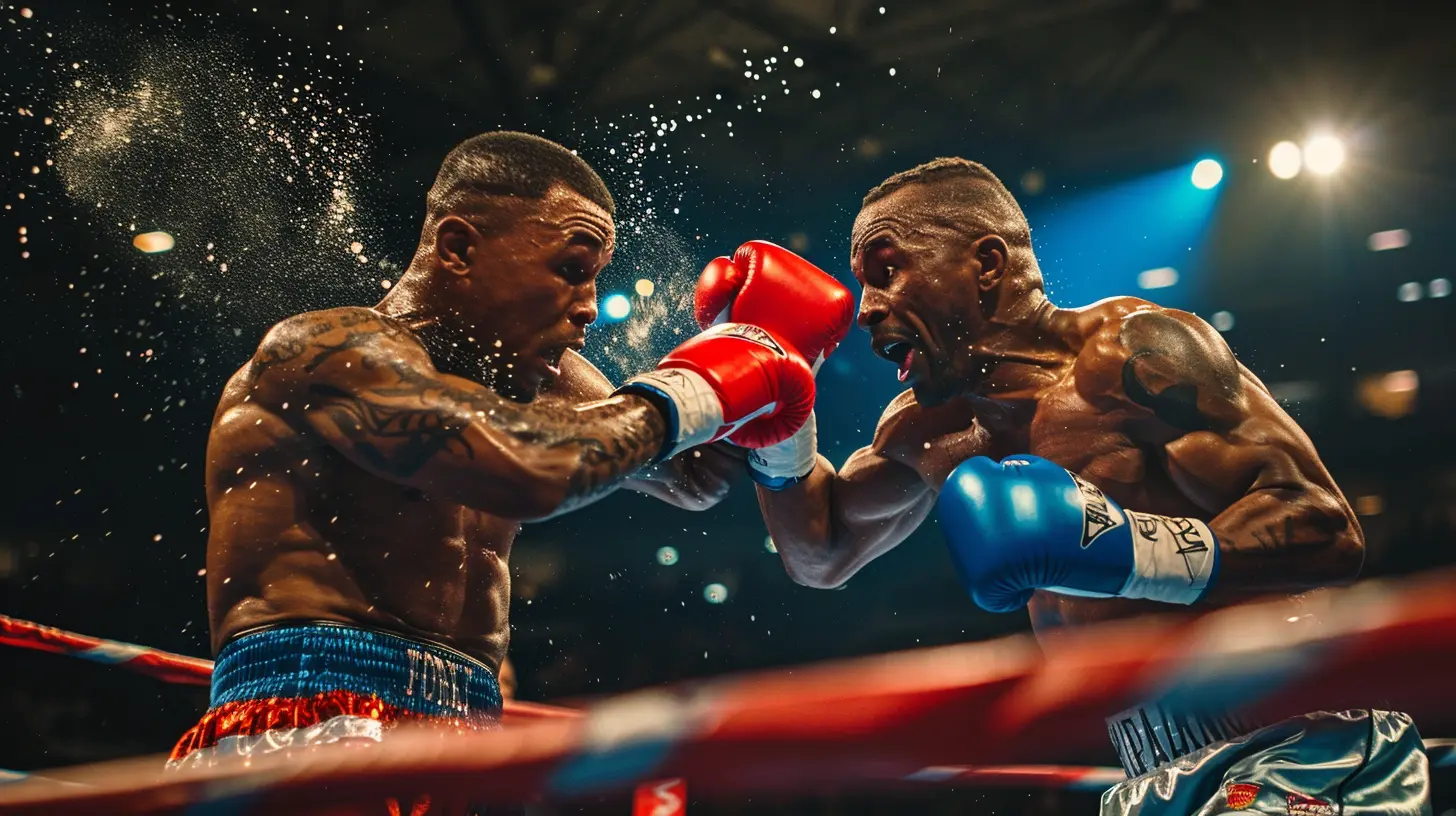
The Four Pillars: What Judges Actually Look For
Okay, so what separates a 10-9 round from a 10-8? It’s not just about who throws the most punches. Judges evaluate fights based on FOUR key criteria:1. Clean Punching
This is the big one. Judges look for punches that land cleanly and effectively. We're not talking about soft jabs or glancing shots. It’s the punches that snap your opponent’s head back or cause visible damage that matter most.Think of it like scoring in figure skating—you don’t get points for effort, you get points for execution.
2. Effective Aggressiveness
Charging forward doesn’t mean you’re winning. Judges reward aggression only when it leads to effective offense. If a fighter is coming forward and landing shots, that’s valuable. But if they’re swinging and missing while eating counterpunches? Not so much.Aggression is good—but it needs to come with substance.
3. Ring Generalship
This one’s a little more abstract. Ring generalship is all about who’s controlling the pace and flow of the fight. Who’s dictating where the action happens? Who’s making the other guy fight on their terms?Imagine two chess players—one is moving with purpose, setting traps, pushing the pace. That’s ring generalship in motion.
4. Defense
Good defense doesn’t just mean not getting hit—it’s about slipping punches, blocking shots, making your opponent look ineffective. Judges will often reward a fighter who makes their opponent miss wildly, even if they’re not landing a ton of punches themselves.Defense is the art of making boxing look like a dance—a brutal one, sure—but a dance nonetheless.
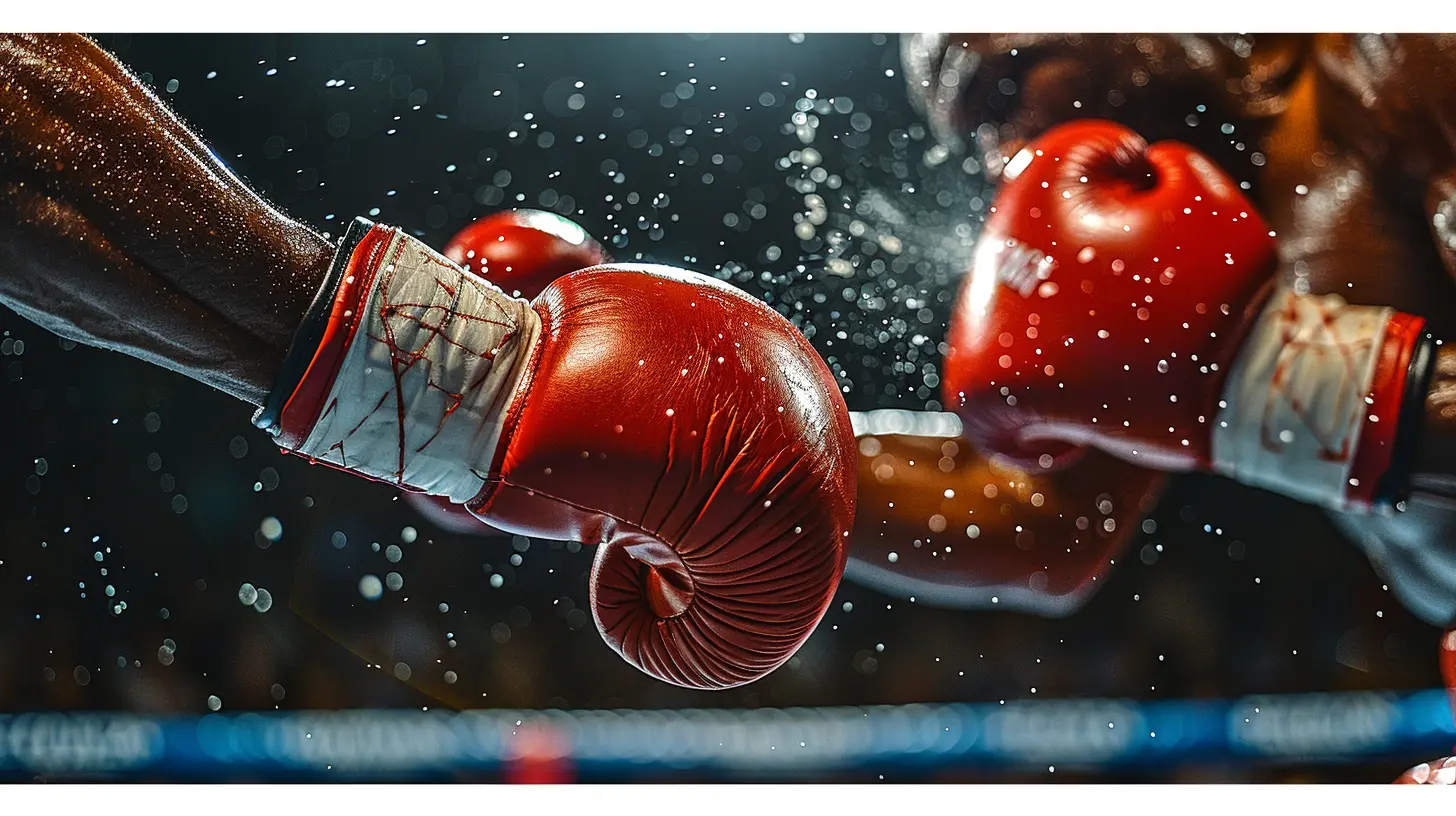
What About Knockdowns and Fouls?
Ah, now we’re getting spicy.Knockdowns
A knockdown usually results in a 10-8 round in favor of the fighter who scored it. One flash knockdown? 10-8. Two knockdowns in a round? Could be 10-7. But if the knocked-down fighter rallies and dominates the rest of the round, a judge might still score it 10-9. It’s subjective.Fouls and Point Deductions
Referees can also penalize fighters for illegal moves—low blows, rabbit punches, holding excessively, or using the head. If a ref deducts a point, that comes into play on the scorecard. For example, if a fighter was winning the round but gets a point taken, the round might be scored 9-9.So yep, one point can make all the difference in a razor-thin fight.
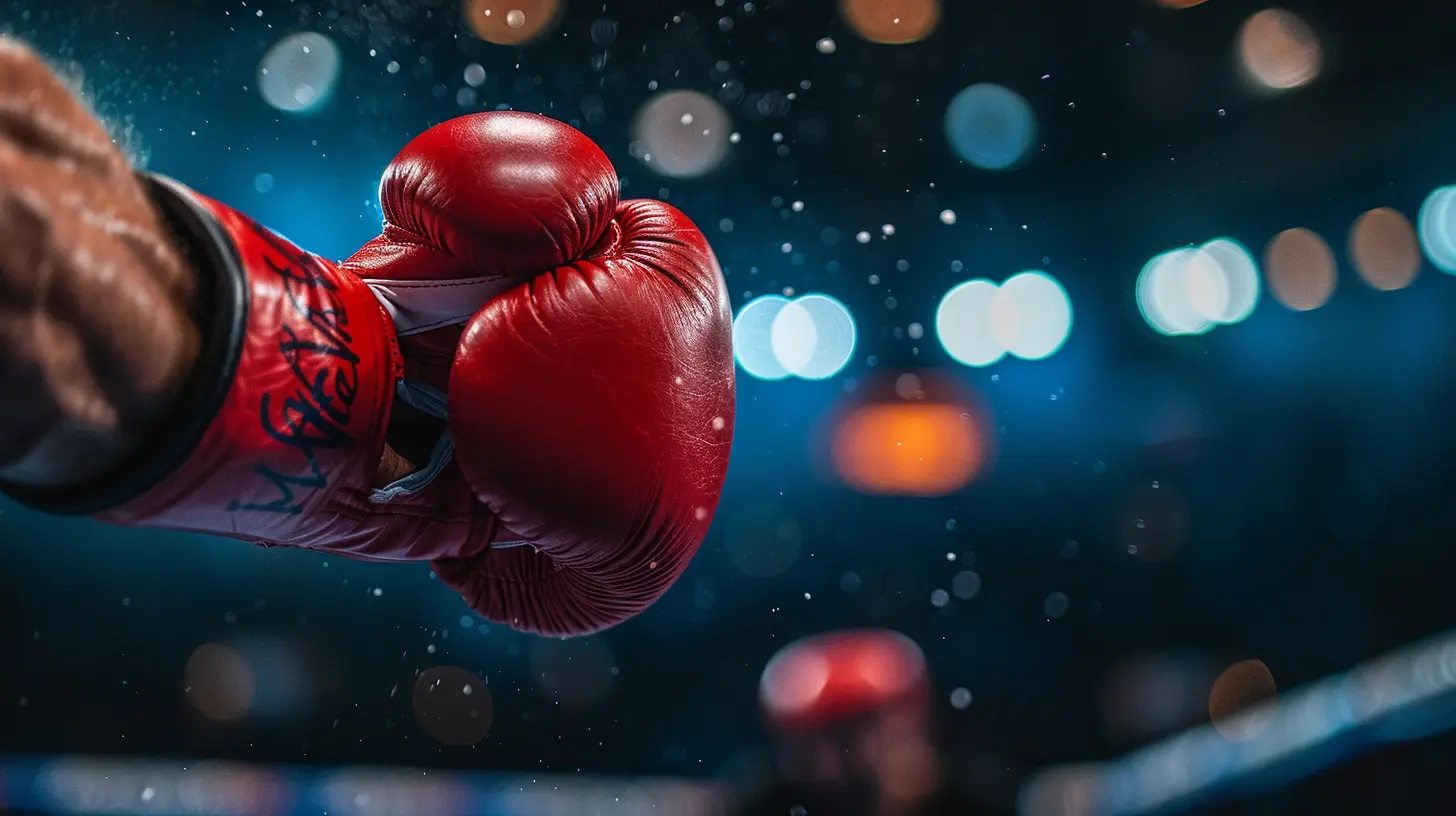
Why Do Judges Disagree?
This is where things get interesting—and frustrating.Three judges. Three different angles. Three different interpretations. It’s totally possible (and common) for them to see rounds differently based on positioning, crowd noise, body language, and plain ol’ human bias.
Ever heard of a “split decision”? That’s when two judges score the fight for one boxer, and the third sees it for the other. A “majority decision”? Two judges pick one fighter, and the third calls it a draw.
In other words: judging is an imperfect science.
Camera vs. Ringside View
TV viewers see things differently too. Watching from home gives you a bird’s-eye view, slow-motion replays, and commentary. Judges don’t get any of that. They’ve got one shot, one angle, and no replays.So before you go screaming “ROBBERY!” at your screen, remember: judging in real-time is a whole different beast.
The Controversies: When the Scorecards Spark Outrage
There’s no shortage of eyebrow-raising decisions in boxing history. Think about fights like:- Manny Pacquiao vs. Timothy Bradley I
- Gennady Golovkin vs. Canelo Alvarez I
- Pernell Whitaker vs. Julio Cesar Chavez
In all these bouts, the official decision sparked outrage—and in some cases, led to rematches (and even trilogies). These controversies shine a light on how subjective judging can be, especially when the rounds are close, and there's no clear dominance.
Is There a Better Way?
Some have suggested open scoring, where judges’ scores are revealed after every round. Others propose having more judges, or even using computer punch stats (CompuBox) to assist in scoring.But here’s the thing: boxing is part sport, part art form. And you can’t always measure art with numbers.
Tips for Watching Like a Judge
Wanna sharpen your own fight-watching skills? Here’s how you can start thinking like a judge:1. Watch the whole round – Don’t just focus on the end-of-round flurry.
2. Look for clean, effective shots – Not just volume.
3. Keep a mental tally – Who’s landing more meaningful punches?
4. Pay attention to body language – Who looks confident? Who’s backing up?
5. Don’t let the commentary sway you – Trust your eyes.
Judging is about consistency and focus. The more you watch fights with a judging mindset, the more you'll understand the nuances of close rounds.
Final Thoughts: It's Complicated, But Fascinating
Boxing scoring isn’t perfect. It’s part logic, part emotion, and part perspective. While it can be frustrating when your favorite fighter gets the short end of the stick, understanding how judges see the fight gives you a whole new appreciation for the sport.Next time you watch a bout, instead of just cheering for knockouts, try scoring the fight yourself. Notice the footwork, pay attention to the defense, and keep track of those clean punches. You might just start seeing the sweet science a little differently.
And hey, even if you don’t agree with the decision at the end, at least now you’ll know where the judges were coming from… most of the time.
all images in this post were generated using AI tools
Category:
BoxingAuthor:

Onyx Frye
Discussion
rate this article
1 comments
Tatianna Baxter
Clear scoring clarifies fights.
October 25, 2025 at 4:49 AM
